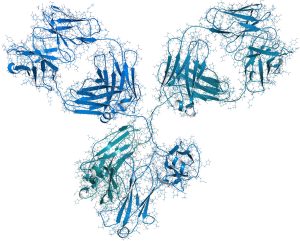
Fundamental protein metrology
to support the definition of measurands,
analytical targets, and their associated
measurement uncertainty



Proteins are dynamic and heterogeneous biomolecules whose accurate quantification is key in sectors such as food, health and biopharma. Unravelling protein structures, their interactions, and the relationship to function are critical for accurate and comparable protein measurements. However, the metrology community has only recently started to address the developments for measurements of the higher-order structures of proteins. In addition to this, the definition of the measurand is complex for heterogeneous molecules such as proteins which are measured by different techniques. This project will investigate overall protein structures and their influence on measurements and protein function. The project will also develop a metrology framework and guidelines to better define the measurands, analytical targets and estimate measurement uncertainty for proteins.

One of the main challenges with protein measurements is defining the target intended to be measured, namely the measurand. Given the complexity and heterogeneity of proteins (size, dynamics, proteoforms), the definition of the measurand remains an unresolved fundamental question. Moreover, different measurement techniques measure analytical targets that differ from the measurand itself.The collaboration of the metrology community with the proteomics, structural biology and molecular biology communities will allow the development of accurate methods for the characterisation of the whole protein structure, the evaluation of protein-protein interactions and ultimately, recommendations on the measurands, the analytical targets and the measurement uncertainty for proteins.

This project’s aims to develop strategies to better understand the influence of protein structure on protein measurement and function and to establish a metrology framework with a better description of the protein measurand, the analytical targets and their influence on the measurement uncertainty.


The project (23FUN06 ProMET) has received funding from the European Partnership on Metrology, co-financed from the European Union’s Horizon Europe Research and Innovation Programme and by the Participating States.
Funded by the European Union. Views and opinions expressed are however those of the author(s) only and do not necessarily reflect those of the European Union or EURAMET. Neither the European Union nor the granting authority can be held responsible for them.